February 5, 2023 – KwaZulu-Natal, South Africa
Think back to when you were courting your spouse. How many cows would you have offered your fiancé’s family for her. (Conversely ladies, how many cows would you have expected your potential husband to pay for the privilege of marrying you?)
It is a serious question, thousands of families in southern Africa wrestle with it every day. How to establish a fair and practical lobolo, or bride price?
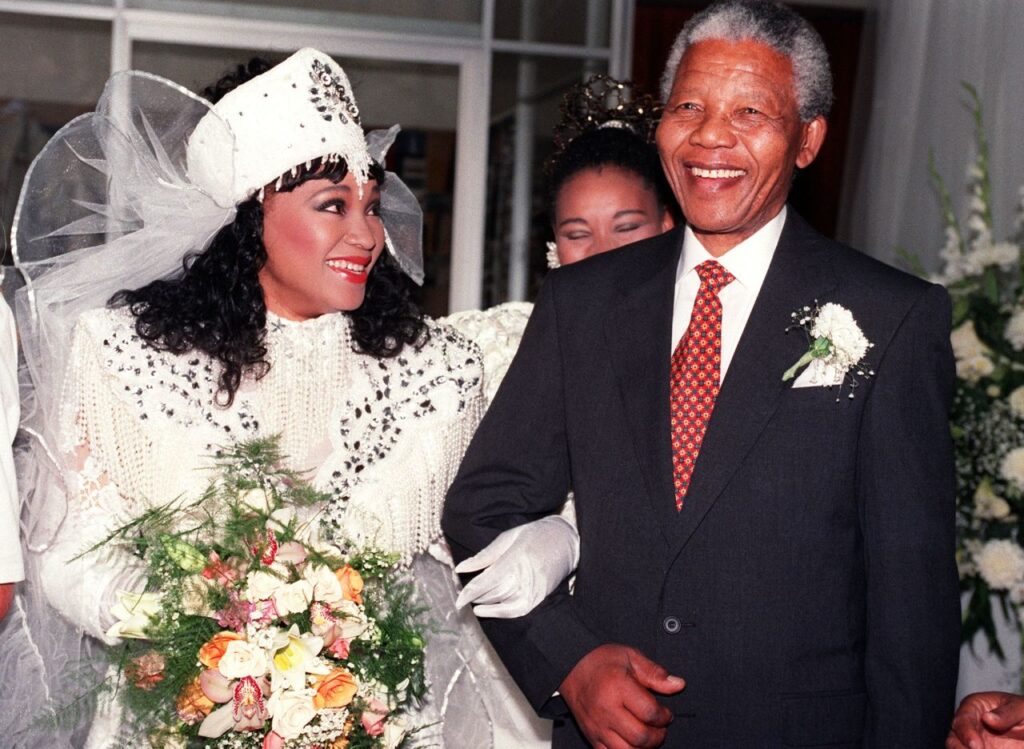
Nelson Mandela is reported to have paid 60 cows for his third wife, Graca Machel.
Customs vary from region to region, but the tradition of establishing lobolo goes something like this:
In practice (and by law) negotiation of lobolo is only conducted in consensual relationships, where the practitioners are over the age of 18.
When two people have an interest in marrying, they consult their respective families. The man approaches his family and assembles a negotiating team (brothers, cousins, and uncles, collectively referred to as “uncles”). The groom and his father are excluded from the negotiating team.
The “uncles” approach the would-be bride’s family. If the bride-to-be has not informed her family of the man’s intentions, or if she has decided against marrying him, the lobolo negotiation is postponed, or called off entirely.
If the bride’s family is receptive, the two parties establish an ivulamlomo: a token of goodwill. The ivulamlomo, which translates literally as “mouth opener”, may be a small amount of cash placed in a woven basket, or a bottle of alcoholic beverage, given by the uncles to the bride’s family. Once it is established that both sides are comfortable with each other, lobolo negotiations begin. But not immediately.
Bride-price negotiations are protracted, they may take many months to conclude. In some traditions only male family members participate, in other cultures the bride’s mother and sisters may be involved. It is rare, but the bride might even be present at the negotiation.
Lobolo is conducted in the currency of cows. The actual bride price may be paid by cash or other means, but the price is always established by how many cows a bride’s family is willing to accept, and the husband is willing to pay.
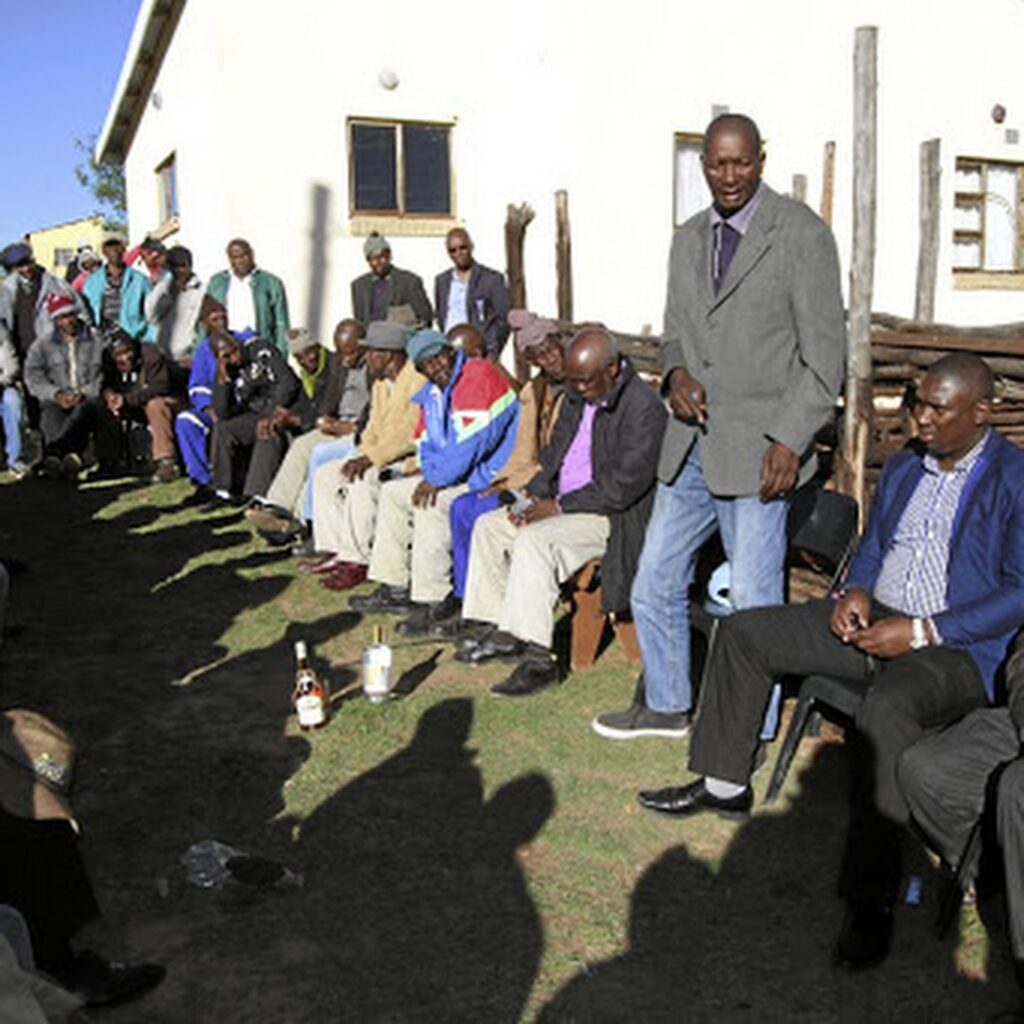
I would love to be a fly on the wall during a lobolo negotiation. I imagine a rag-tag group of “uncles” on one side of a room, and a hard-nosed bridal contingent on the other. The bride would be held up as a rare treasure, while the uncles plead poverty. The back-and-forth would be spectacular. If the ivulamlomo bottle on the table between them gets uncorked, the deliberations could be very animated.
At some point the parties agree on an appropriate lobolo, but the process will have been a test. If the prospective bride and groom’s relationship survives the negotiation, and the two families are able to move forward as a united entity, the process will have been worth the effort.
The conversion rate for cows is currently approximately US$500 per animal. The average bride-price is about 11 cows, so a prospective husband will need approximately $5,500 to complete the transaction.
Once the negotiation is concluded the bride is delivered to the husband and the marriage festivities begin.
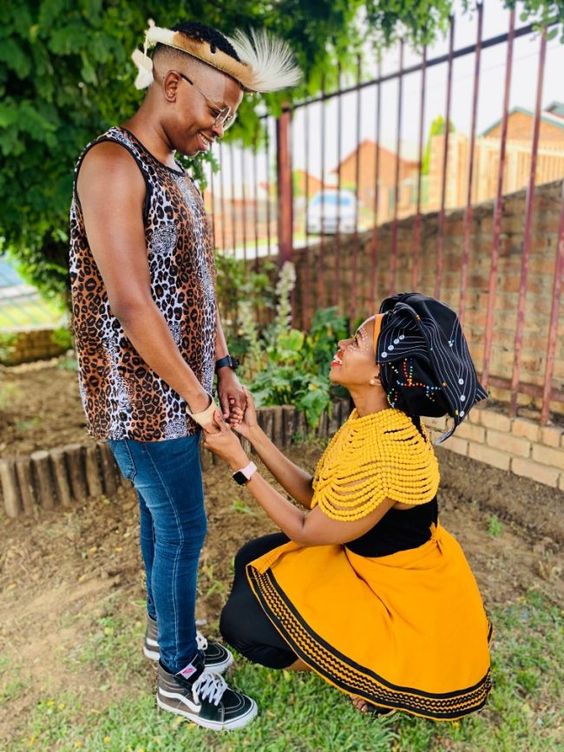
This is where I should do the “Happily Ever After” bit, but I can’t stop yet. Lobolo is just too interesting….
Tradition holds that the first two cows involved in the lobolo negotiation are given names. Lugege is a gift to the women of the bride’s family and is feasted upon at the ceremony. Insulamnyembeti is a gift for only the bride’s mother.
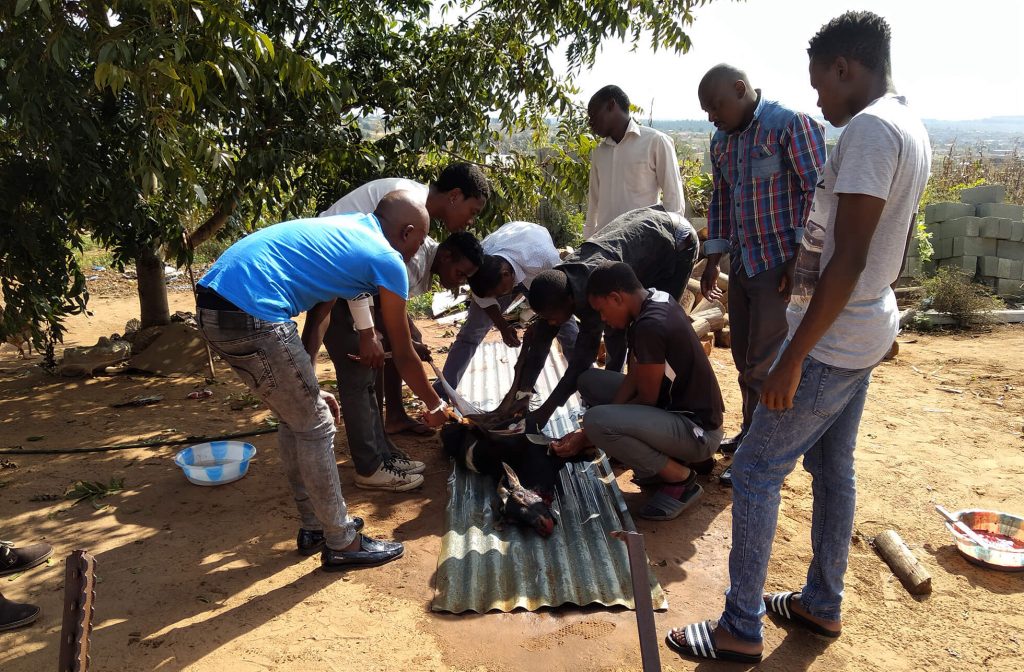
Lugege is seen here being slaughtered for the wedding feast.
South African law states: “a marriage contract is valid on the agreement to pay lobolo and does not require the payment of lobolo”. In other words, the negotiation is everything. If the two families reach an agreement on a bride-price the marriage is valid, whether or not payment is ever made.
When Nelson Mandela Married Graca Machel, her father King Buyelekhaya Zwelibanzi of the Tembu Clan, said “even if Rolihlahla (Mandela) had paid a million cows for Graca, she is worth every bristle of hair and hoof.
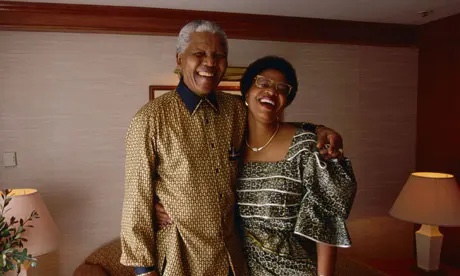
Having walked through the lobolo process, the custom of negotiating a bride-price seems like a tradition worthy of consideration in the western world. With so much effort expended by families on both sides, the outcome of an African marriage seems more likely to succeed.

Bear and I at Isandlwana; we have been married for thirty seven years.
I estimate that Bear is worth at least …
…One Hundred Cows.
You might be interested to know how much you would have had to pay for your wife, (or how much your husband would have to pay for you). Luckily, there’s an App for that. Click the link below to calculate your lobolo.


Cheryl Mazurek
Very interesting! Once in Morocco a man offered Dave 7 camels for me. I’m now curious to know how many cows would be equivalent to 7 camels. 😂.
Your trip is fascinating. I’m enjoying your posts.
Russ
Only 7 camels?! Cheap grifter! I hope Dave held out for much more. 🤣
G
Remind me to tell you the story of how I based an employee wage program based on goats. Really 🙂
Russ
I look forward to hearing that story….🤩
Rhonda
Ha Ha, Russ!! As her sister I’d have to argue she’s worth way more than that!! Too funny! I’d still approve of you as her hubby, though. Maybe just keep the debt on the family books. Lol.
Russ
Like the man said, “she’s worth every bristle of hair and hoof”!